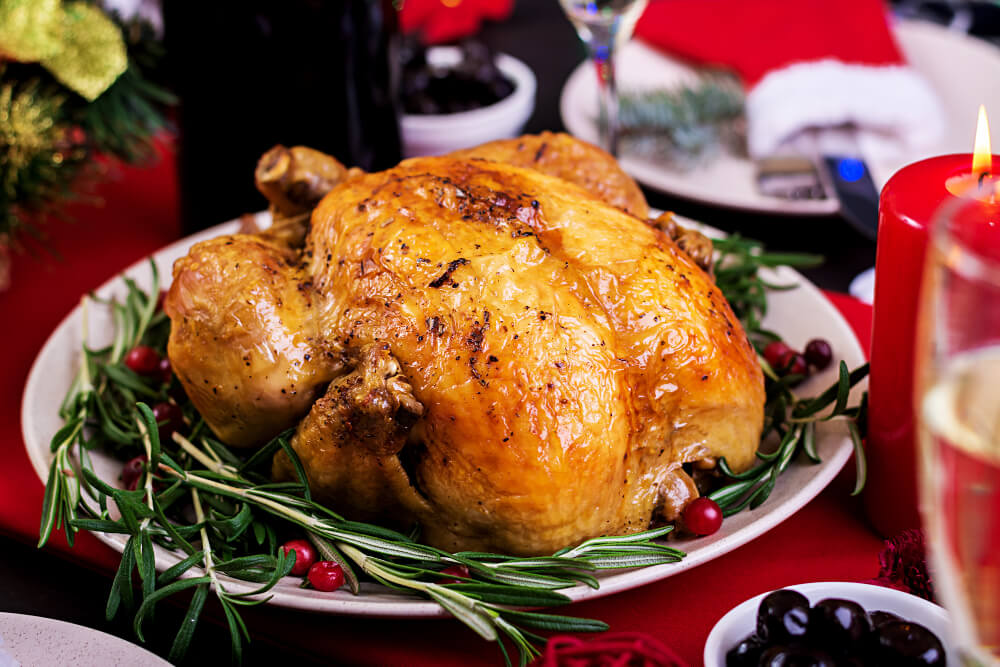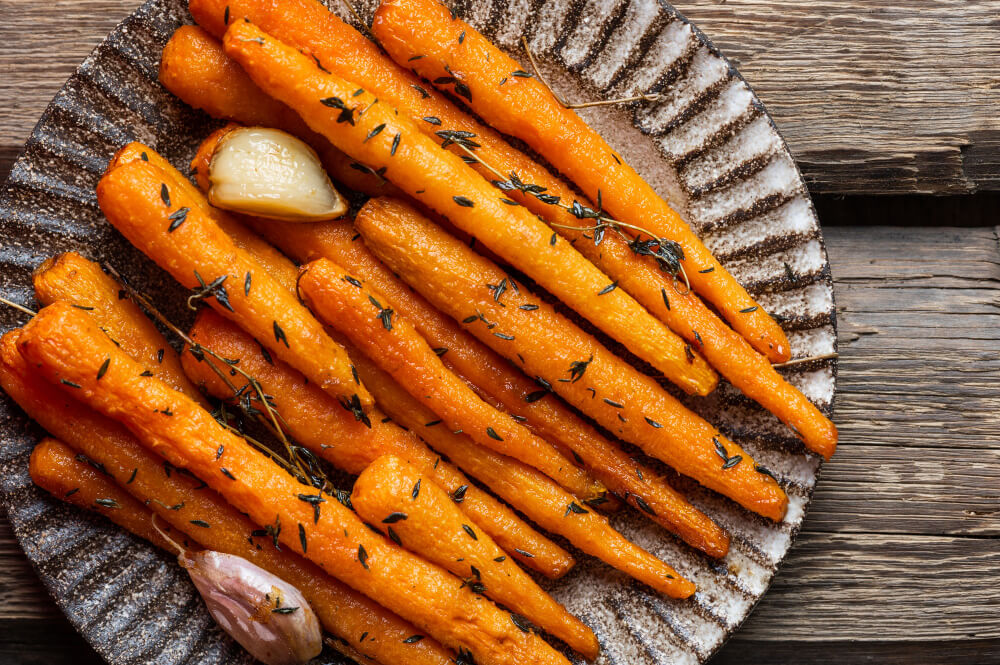
The stall is when your large cut of meat, a pork butt, or a beef brisket is cooking and hits a plateau. It is when the internal temperature of your meat stalls around 155-165 degrees Fahrenheit for hours.
The brisket temp stall is a common occurrence with large cuts of meat and can be frustrating for pitmasters. And for a beginner, this can be a real stumbling block to overcome. What causes the brisket stall? And how do you fix it? In this article, we will discuss the science behind the stall, what causes it and how to get past it.
What Causes the Brisket Stall?
Even have the experience where the temperature of the brisket, whether you have a whole brisket or just a point, seems to stall out at around 155-165 degrees Fahrenheit?
The reason behind this is the evaporation of the moisture in the meat. The evaporation is a result of the heat of the smoker, which can be increased or decreased depending on how you control it. The heating rate of the meat matches the temperature of the smoker, which as result, causes the brisket to stall. This is why smoking a whole brisket can be so difficult, as it takes hours and hours for the temperature of all parts of the meat to reach the desired temperature.
When the temperature of your pit or grill reaches around 225 degrees Fahrenheit, it’s time to start thinking about wrapping your brisket. Once wrapped, this will allow for further cooking without drying out your brisket too much.
The cooking time depends on how big your brisket will be. Wrap your brisket with aluminum foil and place it back on the smoker or grill. This will help to prevent moisture from escaping and allow for even cooking throughout the brisket. The time it takes for your brisket to reach a safe temperature depends on how long it has been in the smoker, but generally speaking, you are looking at around 6 to 8 hours of smoking time.
What Factors Aren’t Responsible for the Brisket Stall?

If you are new to smoking brisket or any large meat, you might not be familiar with the different factors that cause your brisket to stall. So, for your guide, here are some known factors that don’t cause stalls:
Airflow
Does your smoker have too much airflow or not enough? The more airflow in a smoker means the lower the stall temperature will be, and the less airflow means that your brisket will stall longer. Take for example if you have a smoker with a damper that is closed. In this case, the airflow will be minimal and your brisket will stall for a longer period of time. Opening the damper to let more air in will decrease your stall temperature and increase its effectiveness.
Moisture
The thing about moisture is that it's everywhere. From the meat itself, from the baste, spray, and drippings, and even from your smoker. If you have too much moisture in your smoker, it will cause the temperature to drop.
Moisture plays a critical role in the smoking process. If you don't have enough moisture, it can lead to a dehydrated brisket that is tough and chewy. However, too much moisture can cause your smoker to stall out or even stop working altogether due to the water vapor being released into the air.
Using a water pan serves useful when smoking. The liquid from it evaporates and creates a layer of smoke that helps to keep the temperature inside your smoker uniform and not too hot which makes the interior temp of the meat catch up with the outside temp. This results in uniform cooking as well as added smokey flavor that gives the meat a delicious and unique taste.
To add flavor, you can baste, mop, or spray liquid onto the meat. This is especially useful if you’re smoking something like ribs or pork butt which can benefit from a little extra moisture on their surface.
A good rule of thumb here is to use about one cup of liquid per pound of meat.
How to Deal With Brisket Stall
Wrap the Brisket
To the keep the internal temperature of the brisket from dropping too much, it’s important to wrap it in foil. This will also help prevent the exterior from drying out so that you don’t end up with a tough piece of meat.
In your wooden cutting board, use two sheets of heavy-duty foil to wrap brisket tightly with the fat side facing inward. You want to make sure that there are no gaps between the meat and foil, as this will allow heat to escape.
You can also use butcher paper that is unwaxed to wrap the brisket in. This will give you a more traditional smoked meat experience, and it will also make for easy cleanup later on. Once the brisket is wrapped in foil or butcher paper, place it back in the smoker at 225 degrees F and cook until tender.
Increase the Temp of Your Smoker
As mentioned, the evaporation of your meat tends to match the temperature of the smoker. Therefore, if your smoker is set at 225 degrees F, it’s going to take quite a bit longer for the brisket to tenderize than if it was set at 275 or 300 degrees F. If this happens, turn up the heat and cook the meat a bit longer. This will often help you achieve the right tenderness without drying out your brisket.
Leave it with a Water Pan
If you don't have the luxury of time to monitor your brisket, the best thing you can do is put a water pan and just leave it to cook longer. Those who smoke the brisket regularly tend to use this method to keep the meat moist and tender. This is because when you put a water pan in your smoker, it will create an environment with steam which helps to keep the brisket moist and tender. You can also add some apple juice or beef broth if you want to give your brisket more flavor.
FAQs
How long Does the Stall Last on a Brisket?
The stall, when smoking brisket, can last anywhere from 6 to 7 hours. This usually starts 2 to 3 hours when the internal temp of the brisket stall at 150°F. If you don't have to time wait or maybe just don't have the idea, this may be a confusing occurrence. But since you know it's normal, you can plan and adjust your smoking process accordingly.
Can a Second Stall Occur?
The stall doesn't normally have a second occurrence, but there are cases when it might happen. So make sure to keep this in mind. The best method to avoid this is to just leave a water pan on the smoker. This will be great for preventing a stall and also making sure that your meat is moist and tender. If you don't have one, try putting some liquid on top of your brisket when it dries.
Can You Prevent the Brisket Stall From Happening?
Yes, those three methods mentioned above are the best ways in preventing the brisket stall from happening. If you want to make sure that this doesn't happen at all, again, the water pan method will be your best bet. If you have time to monitor the temperature every hour or so, then you can also make sure that it doesn't get too high by spraying the brisket with water.
Do You Wait Out the Stall to End?
If you don't particularly have time, then you can wait for the brisket stall to end. But this process may take more than 7 hours, but it can give you a crispy bark at the end.
The Conclusion
The smoker temperature, moisture, and airflow plays a big role in whether you will be having a smoked brisket that is tender and moist or tough and dry. By knowing what causes the stall and what to do to avoid it, you can have a better chance of to beat the stall and getting the right results for a tender juicy dinner.



